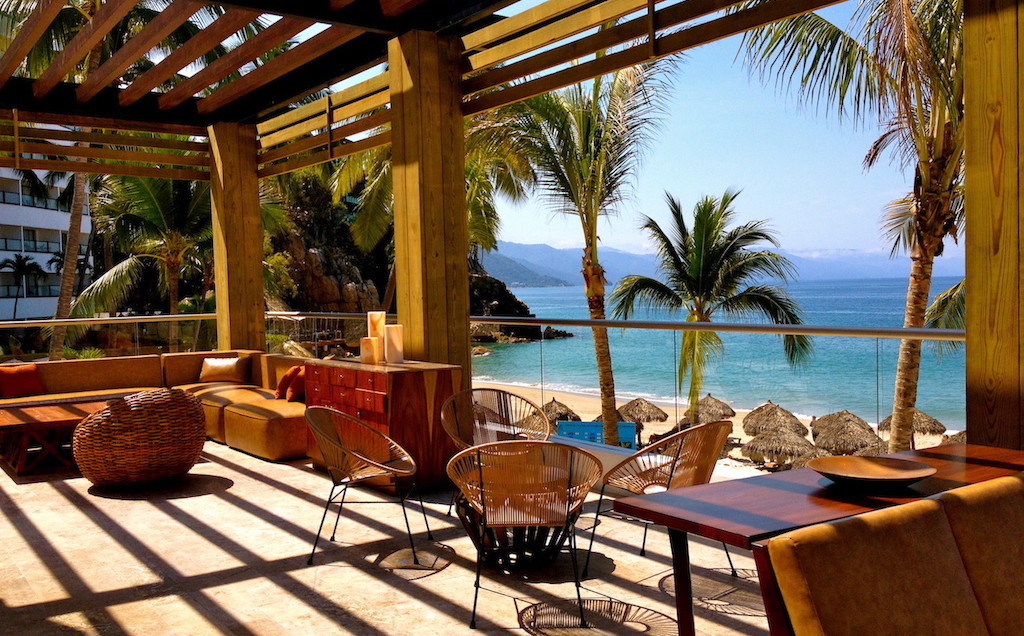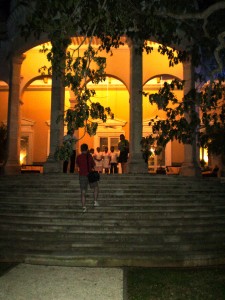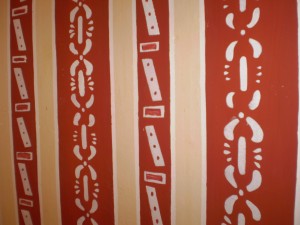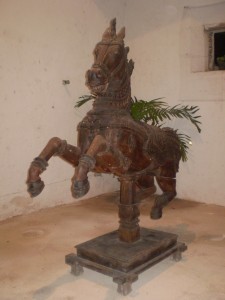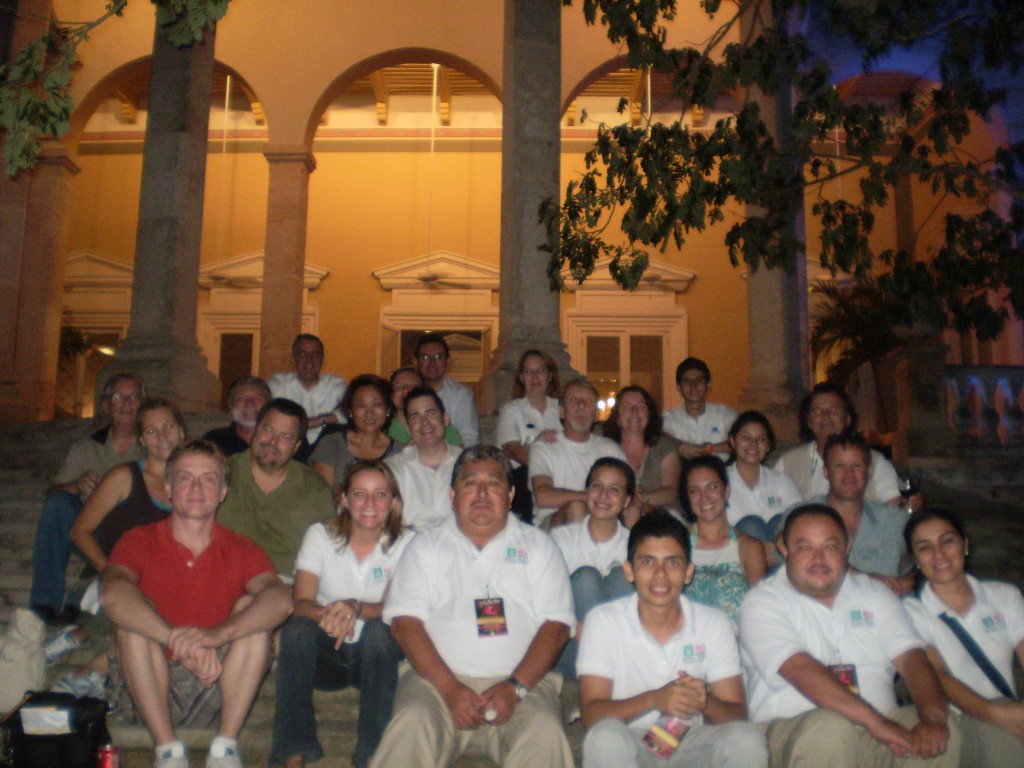On a visit to Merida, Yucatán, I had the opportunity to visit a Hacienda for the very first time. I had an image in my mind of what I thought I was going to see, but the moment we entered the gates to Hacienda San Antonio Millet, it was something bigger than I had imagined. We arrived in the evening; the large property was dotted with candles and the softly dimmed lights infused a surreal, mystical ambiance amid the dense, lush jungle and centuries-old fauna surrounding. An impressive sight was revealed.
Located in the small town of Tixkokob, 23 kilometers from the city of Merida and dating back to the 17th century, San Antonio Hacienda was originally known by the Maya as ‘Red Hill-Mul Chac’, a cattle ranch until 1667 and later transformed into a working henequen plantation. Henequen comes from the agave cactus and looks like a green yucca. Raw fibers come from the henequen cactus and are wound together, shredded or pulled and made into rope (sisal) and used to make hammocks, burlap sacks or twine for bailing hay.
As Tim Street-Porter describes in his book, Casa Mexicana, Haciendas usually concentrated on one particular agricultural product, depending on the region: mescal in Zacatecas, sugar in Morelos, sisal in Yucatán, pulque (the alcoholic beverage produced from the agave plant which, when further distilled, becomes mescal) in Hidalgo, and cattle in Querétaro.
By the end of the 19th century, San Antonio hacienda became the property of the Countess of Miraflores who christened it and took on an elaborate remodeling process. Two main buildings, as well as the construction of a chapel and the addition of two more rooms in the main living quarters have since been constructed.
With materials of French origin, renaissance and medieval furnishings, the hacienda took on its own unique style. (The French influence of architecture and culture was due to the brief but influential intervention of Mexico by the French from 1864-1867).
Upon arrival, we were warmly greeted by an attentive staff. Although dressed in khakis and a tank, I felt somewhat like Cinderella or a debutante, gliding up the grand entrance of many stairs and setting foot inside my first hacienda. Once inside, I was mesmerized by the detail that presented itself.
On our tour, Linda Schramm of Amigo Yucatán explained, “The elaborate detail on theses walls is not wallpaper, but actual hand-pained designs from restored stencils from its original day.” She explained that in the 1940’s when synthetic fibers were created, the henequen industry plummeted and the hacienda homes were abandoned. Then people finally started to take interest and started purchasing them and turning them into second homes, private bed and breakfasts or luxury hotels.
Today, Hacienda San Antonio Millet consists of a main house, a housekeeper’s quarters, a school, on-site chapel, two pools and a machine house where the sisal used to be processed but now occupies an enormous metal horse statue. The hacienda has a total of 12 rooms, seven in the main house, four in the caretaker’s house and one in the school.
After touring each area on the premises, I kept getting glimpses of what life would have been like back then, in its heyday.
Although scattered throughout southern Mexico, the concentrated majority of Haciendas are found in the state of Yucatán. The haciendas are ideal for visitors to experience harmony in nature, relaxation or accommodations for large parties for special events like weddings, anniversaries, honeymoons, conventions, retreats and such. I highly recommend taking a tour of several Haciendas in the area to learn about the fascinating history of these impressive landmarks.
For a list of Haciendas in the area, visit the Yucatán Travel website at http://premium.yucatan.travel/en/haciendas/
Mexico Today (Marca País – Imagen de México), is a joint public and private sector initiative designed to help promote Mexico as a global business partner and an unrivaled tourist destination. This program is designed to shine a light on the Mexico that its people experience every day. Disclosure: I am being compensated for my work in creating content as an Ambassador for the México Today Program. All stories, opinions and passion for all things México shared here are completely my own. Visit Mexico Today on Facebook, Twitter or LinkedIn.

